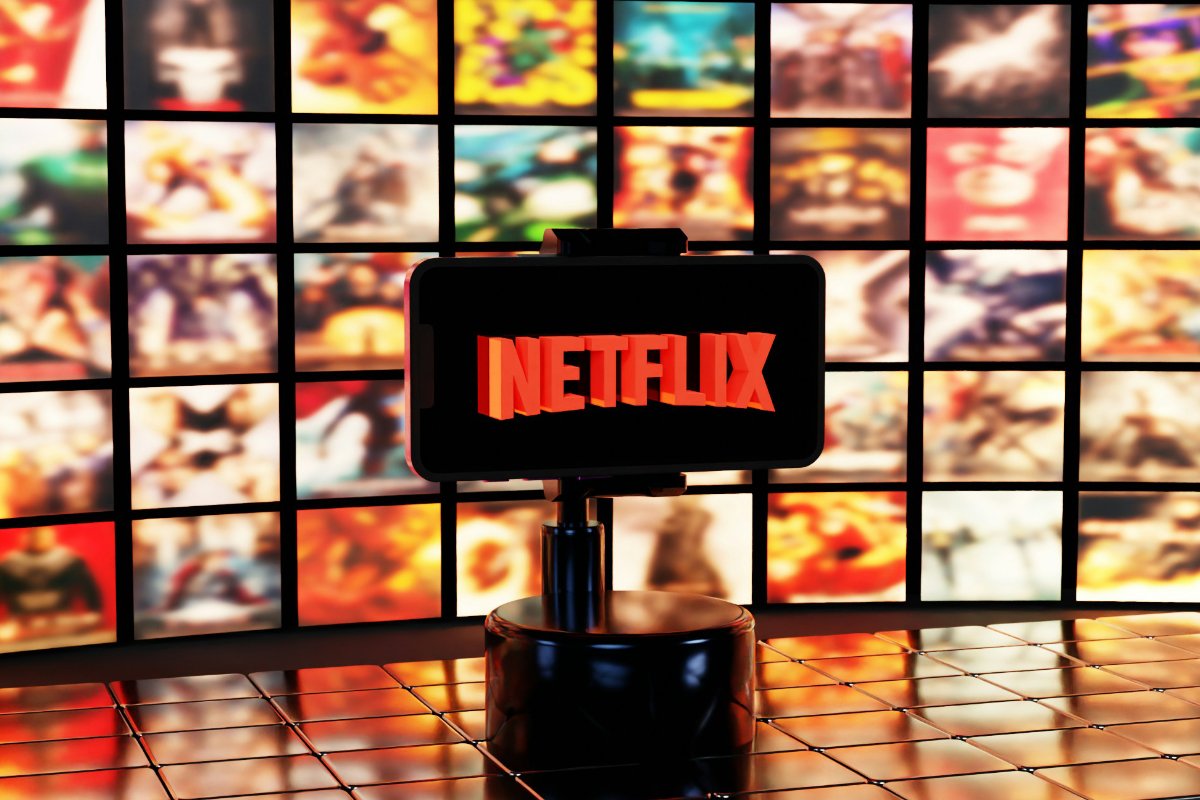The digital revolution has transformed entertainment from a local experience into a global industry. This revolution is accessible to anyone with an internet connection. Whether it’s streaming a movie, playing an online game, or watching a live concert through virtual reality, digital technology has redefined how people create, share, and enjoy entertainment. In today’s connected world, the line between audience and creator has never been thinner.
1. The Rise of Digital Entertainment
Digital entertainment refers to content distributed and consumed through electronic devices such as smartphones, computers, smart TVs, and gaming consoles. It includes music, movies, video games, podcasts, e-books, social media, and virtual events.
In the past, entertainment was limited by geography and physical media — vinyl records, VHS tapes, and DVDs. Today, streaming platforms, cloud storage, and fast internet speeds have made entertainment instant, customizable, and interactive.
From Netflix and Spotify to TikTok and Twitch, the digital age has empowered audiences to choose what, when, and how they consume content.
2. Forms of Digital Entertainment
| Streaming Services | Netflix, Disney+, Spotify, YouTube | On-demand movies, series, and music accessible anytime |
| Gaming | PlayStation, Xbox, Steam, Mobile Games | Interactive digital play; online multiplayer connects millions |
| Social Media Entertainment | TikTok, Instagram, X (Twitter), Facebook | Short-form videos, memes, and influencer-driven content |
| Digital Reading & Art | E-books, Webtoons, Digital Comics | Literature and art adapted for screens and tablets |
| Virtual Events & Esports | Twitch, YouTube Live, VR Concerts | Real-time global participation in gaming and live performances |
| Podcasts & Audiobooks | Spotify Podcasts, Audible | On-demand spoken content for education and storytelling |
This variety shows how digital platforms have become the new stages and studios for the 21st century.
3. Advantages of Digital Entertainment
Digital technology has revolutionized access, creativity, and interactivity in entertainment:
- Global Accessibility: Anyone with a device can access films, games, or music from anywhere.
- Instant Availability: Streaming eliminates waiting — entertainment is just a click away.
- Creative Freedom: Platforms like YouTube and TikTok let individuals become creators without needing studios or publishers.
- Personalization: Algorithms recommend content based on viewing or listening habits.
- Interactivity: Viewers can comment, share, and even influence content in real time.
This democratisation of entertainment has made audiences active participants rather than passive consumers.
4. The Impact of Streaming and On-Demand Culture
Streaming has become the dominant form of media consumption. Services such as Netflix, Hulu, and Disney+ replaced physical discs and traditional broadcast schedules with flexibility and variety.
Music, too, has shifted from CDs to platforms like Spotify and Apple Music, where users can access millions of songs on demand. While this model offers convenience, it also reshapes industries — challenging cinemas, radio, and record stores while giving rise to independent artists who can distribute their work globally.
5. Gaming and the Rise of Virtual Worlds
The gaming industry has evolved from simple arcade machines to immersive online universes. Multiplayer platforms like Fortnite, Minecraft, and Roblox host millions of players who socialize, compete, and create together.
The growth of eSports — professional competitive gaming — has turned players into celebrities and events into global spectacles watched by millions. Virtual reality (VR) and augmented reality (AR) continue to push boundaries, merging the physical and digital worlds for unprecedented experiences.
6. Social Media and User-Generated Entertainment
Social platforms have blurred the lines between creator and consumer. Anyone with a smartphone can produce content, build an audience, and influence global trends. Memes, short-form videos, and live streams dominate digital culture, giving rise to a new class of entertainers — influencers, streamers, and digital artists.
While empowering, this shift also raises concerns about misinformation, digital addiction, and the pressure to maintain an online persona.
7. Challenges in the Digital Entertainment Era
The benefits of digital entertainment come with new challenges:
- Copyright and Piracy: Easy distribution can lead to intellectual property violations.
- Data Privacy: Streaming services collect personal data to personalize experiences.
- Screen Fatigue: Continuous exposure to digital content can affect mental health and sleep.
- Monetization Issues: Creators often struggle to earn fair revenue in algorithm-driven ecosystems.
- Cultural Homogenization: Global platforms can overshadow local and traditional art forms.
Balancing creativity, accessibility, and ethics is key to a sustainable digital entertainment industry.
8. The Future of Digital Entertainment
As technology advances, entertainment continues to evolve:
- Artificial Intelligence: AI tools generate music, scripts, and even visual art.
- Virtual Reality & Metaverse: Immersive spaces where people can attend concerts, socialize, or game.
- Interactive Storytelling: Viewers influence plotlines through choices and feedback.
- Blockchain & NFTs: New models for ownership and artist compensation.
- Sustainability: Reducing the environmental impact of data centers and digital production.
The future promises experiences that are more immersive, personalized, and participatory than ever before.
Conclusion
Entertainment in the digital world is more than just a pastime — it’s a cultural revolution. Technology has opened doors for creativity, diversity, and global connection. Audiences have become creators, and the world has become a shared stage.
Yet, as screens dominate our leisure time, it’s essential to remember the purpose of entertainment: to inspire, unite, and reflect the human experience. The digital world gives us endless content — but it’s our imagination that gives it meaning.



